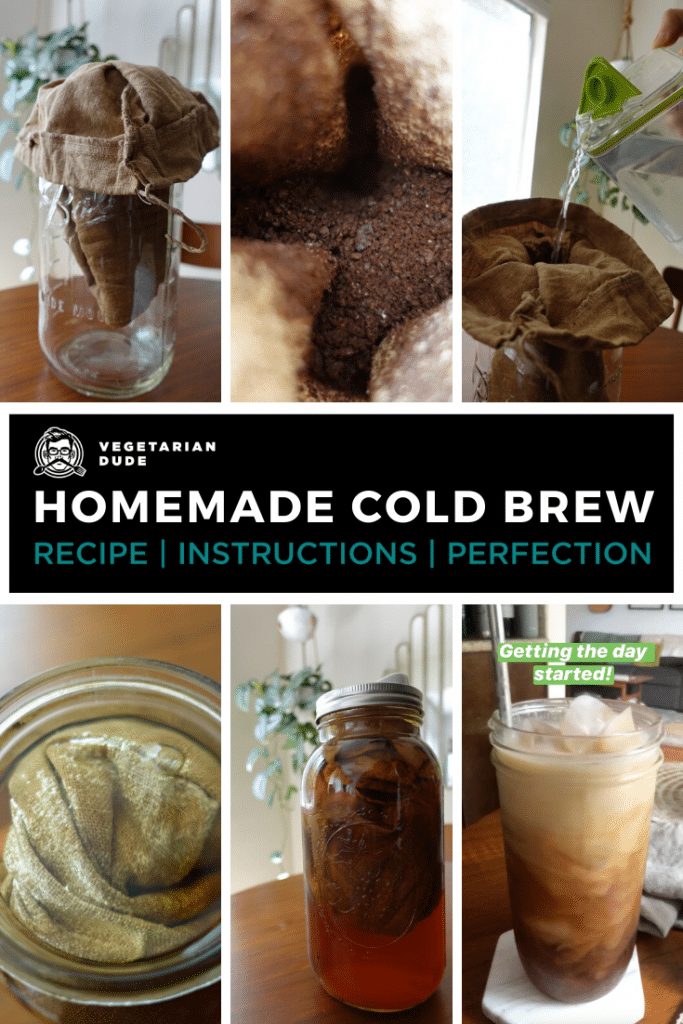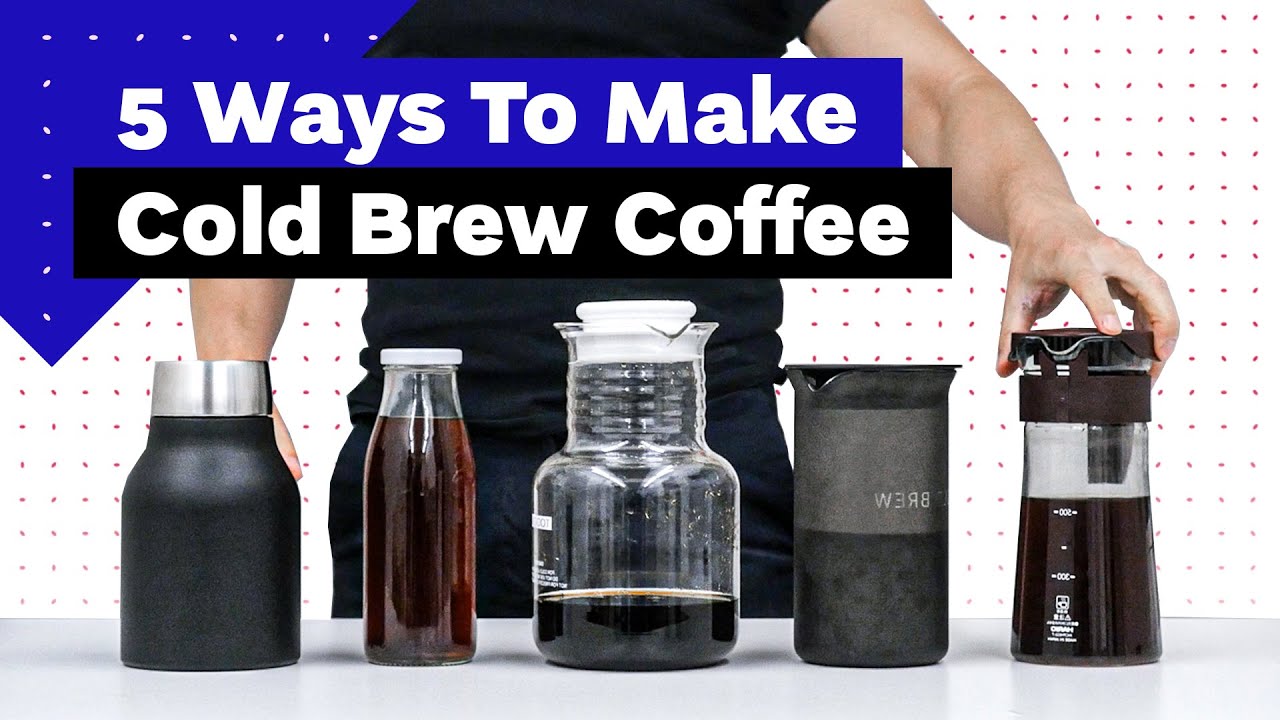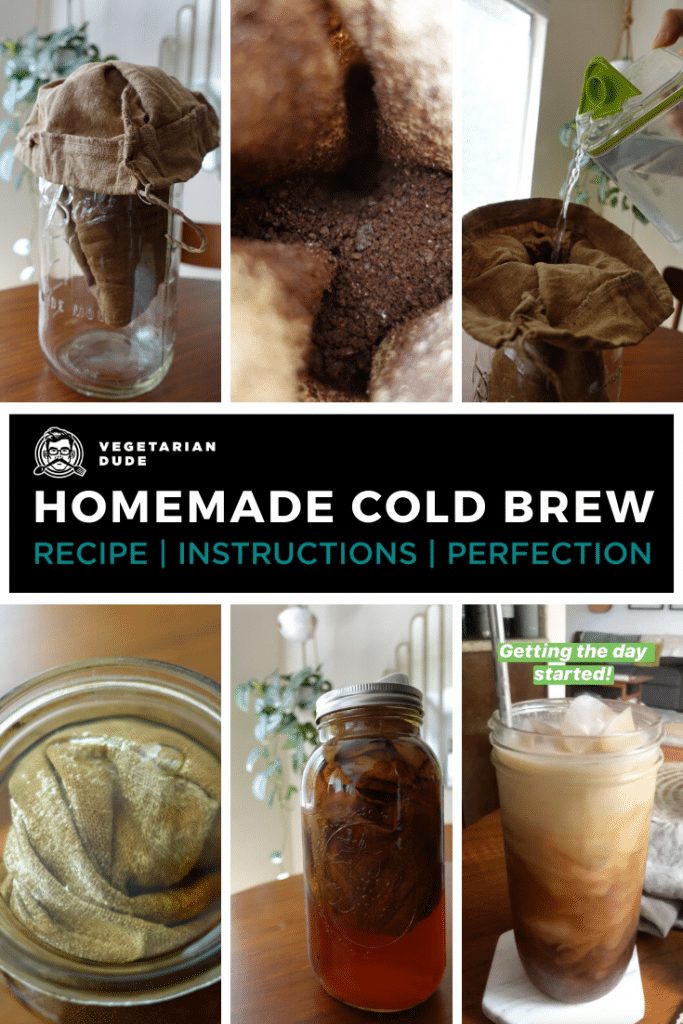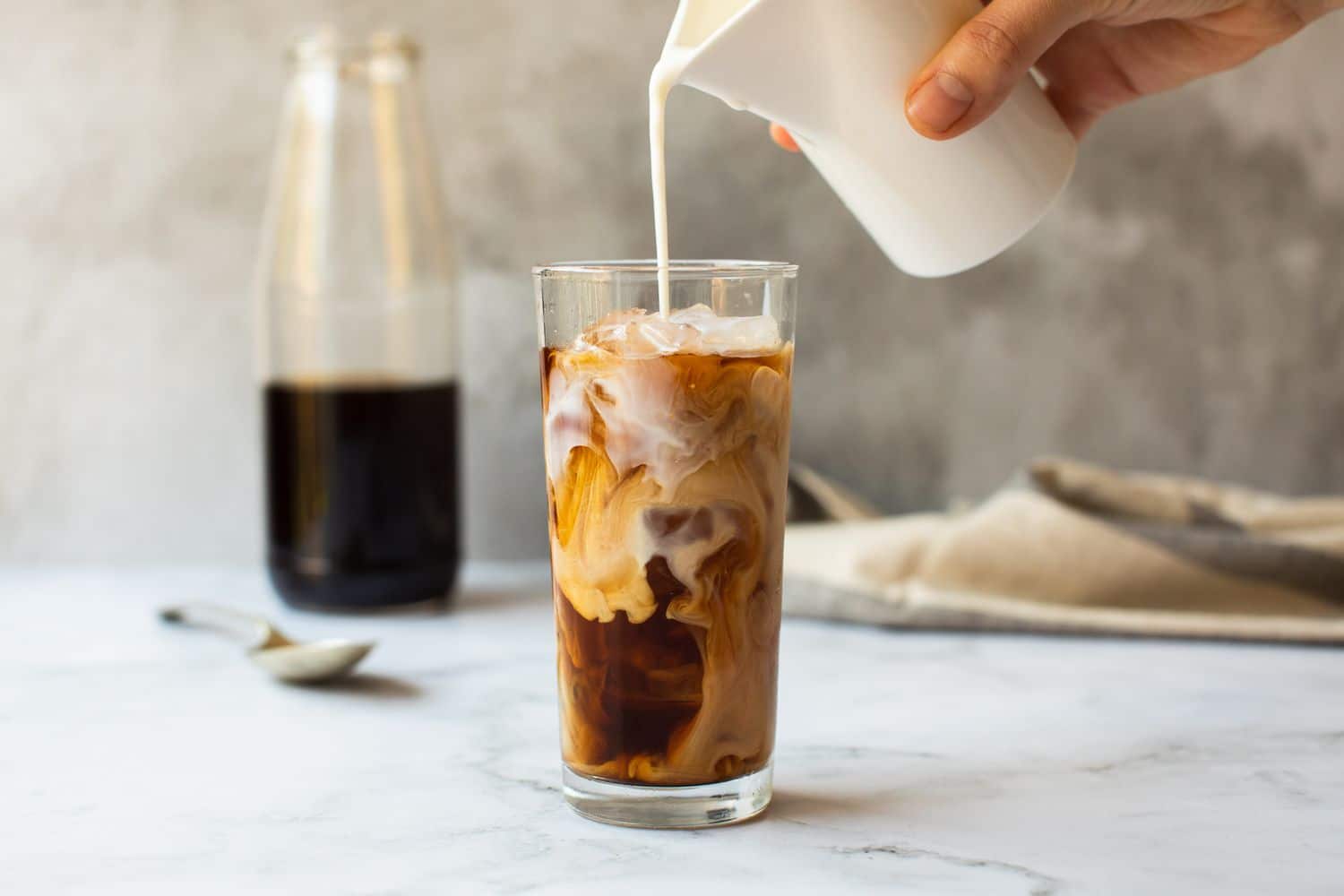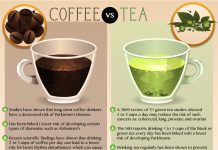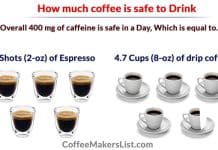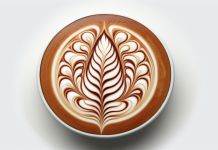Looking to enjoy a refreshing cup of cold brew coffee in the comfort of your own home? Look no further! In this article, we will reveal the secrets to crafting the perfect cold brew coffee right in your very own kitchen. With just a few simple steps, we will guide you through the process of extracting the rich, smooth flavors of cold brew, allowing you to savor every sip of this divine beverage. Say goodbye to those expensive coffeehouse trips and hello to your very own homemade cold brew coffee!
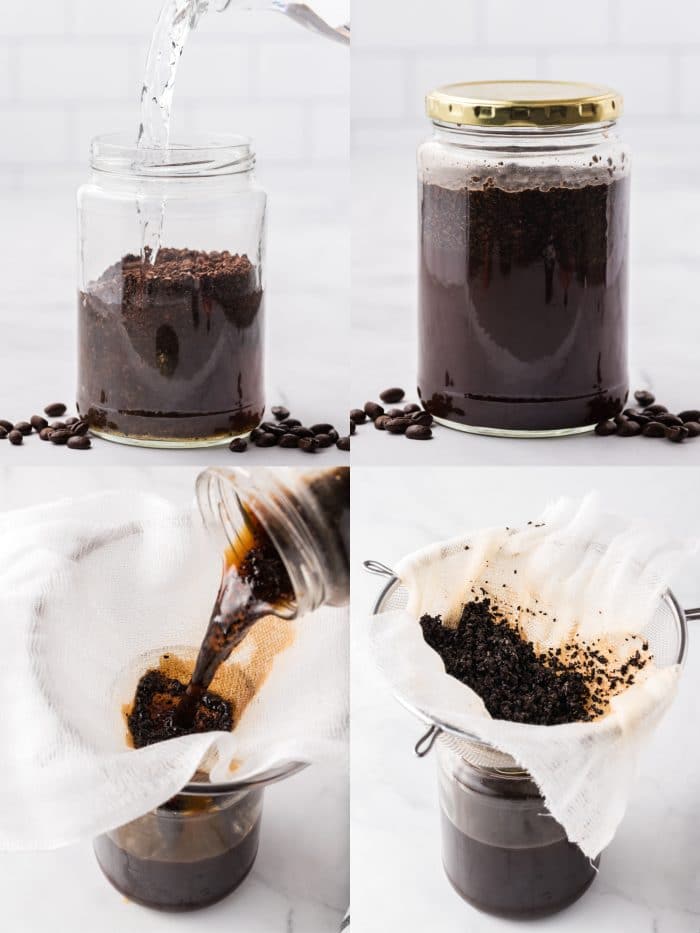
Overview of Cold Brew Coffee
What is cold brew coffee?
Cold brew coffee is a method of brewing coffee that involves steeping coffee grounds in cold water for an extended period of time, usually overnight. Unlike traditional hot brewing methods, cold brew coffee is not brewed with hot water, resulting in a smoother and less acidic taste profile.
Why make cold brew coffee at home?
Making cold brew coffee at home has several advantages. Firstly, it allows you to customize the flavor and strength of your coffee according to your personal preference. It also provides a cost-effective alternative to purchasing expensive cold brew coffee from cafes. Additionally, brewing cold brew coffee at home allows you to have control over the ingredients used, ensuring a high-quality and chemical-free beverage.
Benefits of cold brew coffee
Cold brew coffee offers numerous benefits that make it a popular choice among coffee lovers. One of the main advantages of cold brew is its low acidity. The cold brewing process extracts fewer acids from the coffee grounds, resulting in a smoother and less bitter taste. This makes cold brew coffee a great option for those with sensitive stomachs or acid reflux issues. Another benefit of cold brew is its extended shelf life. Due to its low acidity and the absence of heat in the brewing process, cold brew coffee can be stored in the refrigerator for up to two weeks without losing its flavor. Cold brew coffee also tends to have a higher caffeine content compared to hot brewed coffee, providing a stronger and more potent caffeine kick.
Choosing the Right Coffee Beans
The importance of coffee beans
When it comes to cold brew coffee, the choice of coffee beans is crucial in determining the flavor and aroma of your brew. Opting for high-quality arabica coffee beans is recommended for a rich and well-rounded flavor. Avoid using oily or dark roasted beans, as they can result in an overly bitter and intense brew.
Selecting the right roast level
Finding the right roast level for your cold brew is a matter of personal preference. Generally, medium to medium-dark roast beans are preferred for cold brew as they yield a balanced and full-bodied flavor. However, if you prefer a more robust and intense flavor, you can experiment with darker roasts as well.
Finding freshly roasted beans
To achieve the best possible flavor in your cold brew, it is important to use freshly roasted coffee beans. Look for a local specialty coffee shop or roaster who can provide you with beans roasted within the last two weeks. Freshly roasted beans have a more vibrant flavor and aroma compared to beans that have been sitting on store shelves for an extended period of time.
Grinding the beans
For optimal cold brew extraction, it is best to grind your coffee beans coarsely. A coarse grind size allows for a slower extraction, resulting in a smoother and less bitter brew. Invest in a burr grinder if possible, as it provides a more consistent grind compared to blade grinders.
Water and Coffee Ratio
Determining the desired strength
The strength of your cold brew coffee can be adjusted by varying the ratio of coffee to water. If you prefer a stronger brew, use a higher coffee to water ratio. Similarly, if you prefer a milder flavor, use a lower coffee to water ratio.
Ideal coffee to water ratio
A common starting point for cold brew coffee is a 1:4 coffee to water ratio. This means using 1 part coffee to 4 parts water. However, feel free to adjust this ratio according to your personal preference. If you prefer a stronger brew, you can increase the amount of coffee used.
Adjusting the ratio based on personal preference
Experimentation is key when it comes to finding the perfect coffee to water ratio for your cold brew. Start with the recommended ratio and gradually adjust it until you achieve your desired flavor. Keep in mind that brewing conditions such as grind size and steeping time can also influence the strength of your cold brew, so be prepared to make further adjustments if necessary.
Cold Brew Equipment
Basic equipment needed
Making cold brew coffee at home requires a few basic equipment:
- A large container or pitcher to hold the coffee and water mixture during the steeping process.
- A stirring utensil such as a long spoon or whisk to ensure proper mixing.
- A fine-mesh sieve or coffee filter for straining the cold brew.
- A storage container with an airtight lid to store the finished cold brew.
Alternatives to specialty equipment
If you don’t have access to specific cold brew equipment, don’t worry! You can still make cold brew using items commonly found in most kitchens. A French press can be used instead of a pitcher, and a regular fine-mesh sieve or cheesecloth can substitute for a dedicated cold brew filter. The key is to ensure that the equipment you use allows for proper extraction and straining of the coffee grounds.
Choosing the right brewing vessel
When selecting a brewing vessel for your cold brew, opt for one that is large enough to hold the desired amount of water and coffee grounds. Glass or food-grade plastic containers are ideal choices as they do not interfere with the flavor of the coffee. Avoid using containers made of materials that may react with coffee, such as metal or certain types of plastic.
Preparing the Coffee
Coarsely grinding the coffee beans
Before starting the cold brew process, it is important to grind your coffee beans to a coarse consistency. This can be achieved using a burr grinder, ensuring that the coffee grounds are evenly sized. Avoid grinding the beans too fine, as this can result in an over-extracted and bitter brew.
Mixing the coffee and water
Once your coffee beans are ground, transfer them to your chosen brewing vessel. Add the desired amount of cold water based on your preferred coffee to water ratio. Use a spoon or whisk to thoroughly mix the coffee and water, ensuring that all the grounds are fully saturated. It is essential to evenly distribute the water among the coffee grounds to achieve a consistent extraction.
Stirring and ensuring proper saturation
After mixing the coffee and water, give the mixture a good stir to ensure that the coffee grounds are fully saturated. This helps to extract the flavors and compounds from the beans. Make sure there are no dry pockets of coffee grounds that might prevent proper extraction. Once stirred, cover the brewing vessel and let it steep for the recommended steeping time.
The Steeping Process
Understanding steeping time
The steeping time refers to the duration during which the coffee grounds and water are in contact, allowing the flavors to be extracted. Cold brew generally requires a longer steeping time compared to hot brewing methods. The optimal steeping time for cold brew can vary depending on personal preference, but a typical recommended range is 12 to 24 hours.
Different steeping methods
There are two main methods for steeping cold brew: immersion and slow-drip. The immersion method involves fully submerging the coffee grounds in water and allowing them to steep over an extended period. The slow-drip method, on the other hand, uses a cold brew tower or dripper to slowly drip water onto the coffee grounds over several hours. Both methods can yield excellent results, but the immersion method is more commonly used for home brewing.
Determining the optimal steeping time
The optimal steeping time for your cold brew can vary depending on factors such as coffee to water ratio, grind size, and personal taste preference. It is recommended to start with a steeping time of around 12 hours and then adjust it to your liking. Taste the cold brew at regular intervals to determine when it has reached the desired flavor profile. If you prefer a stronger brew, you can extend the steeping time up to 24 hours.
Straining the Cold Brew
Different straining methods
Once the steeping process is complete, it is time to strain the cold brew to separate the liquid from the coffee grounds. There are several straining methods you can use, depending on the equipment you have available and the level of clarity you desire in your cold brew. Common methods include using a fine-mesh sieve, a coffee filter, or cheesecloth.
Using a coffee filter or cheesecloth
To achieve a clearer and smoother cold brew, consider using a coffee filter or cheesecloth for straining. Set the filter or cheesecloth over a clean container or pitcher and slowly pour the cold brew mixture through it. This will remove any fine sediment or debris, resulting in a cleaner cup of coffee.
Clarifying the cold brew
If you prefer an even clearer cold brew, you can further clarify the strained cold brew by using additional filtering methods. One option is to gravity filter the cold brew by letting it pass through a paper coffee filter set in a funnel. This will help remove any remaining fine particles, resulting in a more visually appealing and sediment-free cold brew.
Storing and Serving Cold Brew
Proper storage techniques
To maintain the freshness and flavor of your cold brew, it is important to store it correctly. Transfer the strained cold brew into an airtight container, such as a glass bottle or jar, to prevent oxidation and minimize exposure to air. Make sure to leave some headspace in the container to accommodate for any expansion when stored in the refrigerator.
Using airtight containers
Using airtight containers for storing cold brew helps to preserve its flavor and prevent any absorbance of odors from the refrigerator. Mason jars with lids or flip-top glass bottles are excellent options as they provide a tight seal. Avoid using plastic containers, as they may affect the flavor of the cold brew.
Avoiding prolonged exposure to air
Extended exposure to air can lead to oxidation and degradation of the cold brew’s flavor. Therefore, it is advisable to consume the cold brew within two weeks of brewing. If you find that you won’t be able to finish the cold brew within this timeframe, you can freeze it in ice cube trays and later use the frozen cubes to make iced coffee or blended beverages.
Serving suggestions and recommendations
Cold brew coffee is incredibly versatile and can be enjoyed in various ways. It can be served over ice for a refreshing iced coffee, diluted with water for a milder flavor, or blended with milk and sweeteners for a creamy cold brew latte. Experiment with different serving options and garnishes, such as a splash of vanilla extract or a sprinkle of cinnamon, to create your own unique and delicious cold brew concoctions.
Customizing Your Cold Brew
Experimenting with flavors
One of the great aspects of cold brew coffee is its versatility when it comes to flavor customization. You can play around with different flavors by adding spices like cinnamon or nutmeg to the coffee grounds before brewing. Alternatively, you can infuse the cold brew with flavors such as vanilla or caramel by adding flavored syrups or extracts to the finished cold brew.
Adding milk or other additives
Cold brew coffee is often enjoyed with milk or nondairy alternatives to create a smooth and creamy beverage. Consider adding a splash of milk, half-and-half, or your preferred dairy-free milk to your cold brew for a richer flavor. Additionally, you can sweeten your cold brew with sugar, honey, or flavored syrups according to your taste preference.
Creating flavored syrups
To elevate your cold brew experience, you can make your own homemade flavored syrups to add to your cold brew. Popular flavors include vanilla, caramel, and hazelnut. Simply combine equal parts water and sugar in a saucepan, heat until the sugar dissolves, and then add your desired flavoring. This allows you to have complete control over the sweetness and flavor profile of your cold brew.
Troubleshooting
Common issues and solutions
While cold brew coffee is generally straightforward to make, you may encounter some common issues along the way. If your cold brew tastes too weak, try adjusting the coffee to water ratio or extending the steeping time. On the other hand, if your cold brew tastes too strong or bitter, consider using a coarser grind size, reducing the steeping time, or diluting the cold brew with water or milk.
Addressing bitterness or acidity
Cold brew coffee is known for its smooth and less acidic nature. However, if you still find your cold brew to be too bitter or acidic, consider adjusting your brewing parameters. Try using a higher quality coffee bean, opting for a lighter roast, or using a higher coffee to water ratio. Small tweaks to your brewing process can often make a significant difference in the flavor profile of your cold brew.
Adjusting the brewing process
If you find that your cold brew is consistently not meeting your expectations, don’t be afraid to experiment with different brewing techniques and parameters. Play around with the coffee to water ratio, steeping time, grind size, and brewing vessel to find the combination that best suits your taste preferences. It may take a few tries to find your perfect recipe, but the journey is part of the fun in brewing cold brew coffee at home.
In conclusion, making cold brew coffee at home allows you to enjoy a smooth and refreshing cup of coffee that can be customized to your liking. By choosing the right coffee beans, mastering the water to coffee ratio, using the appropriate equipment, and utilizing proper brewing techniques, you can create a delicious and satisfying cold brew experience. Remember to have fun, experiment with flavors, and adjust your brewing process as needed to find the perfect cold brew recipe that suits your taste buds. Cheers to homemade cold brew coffee!


